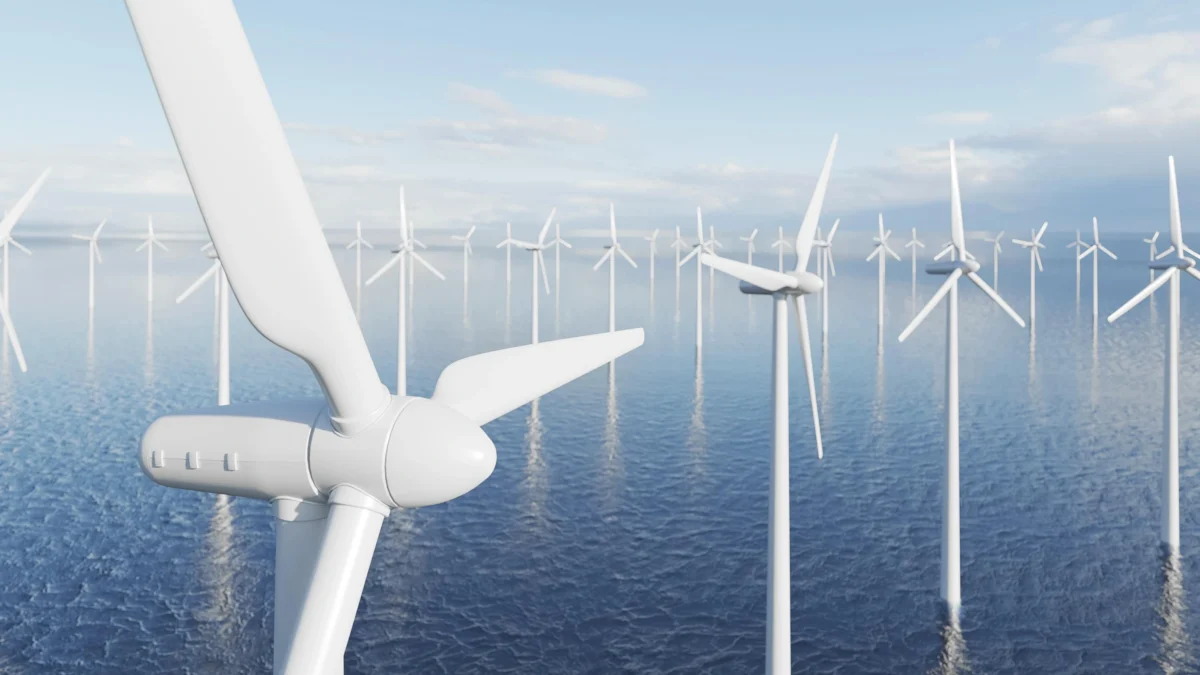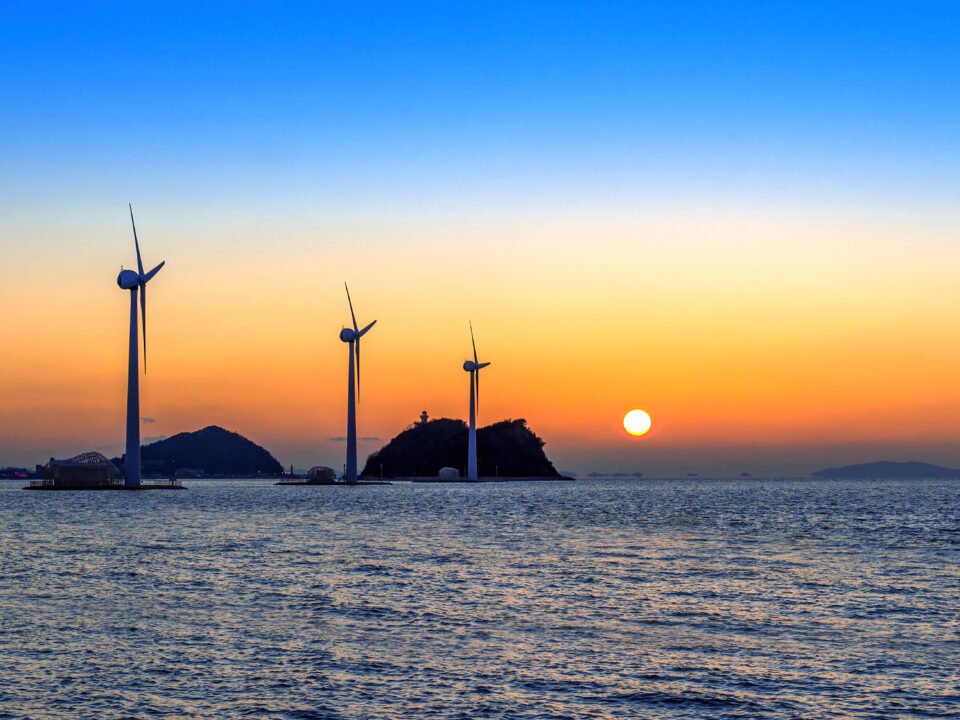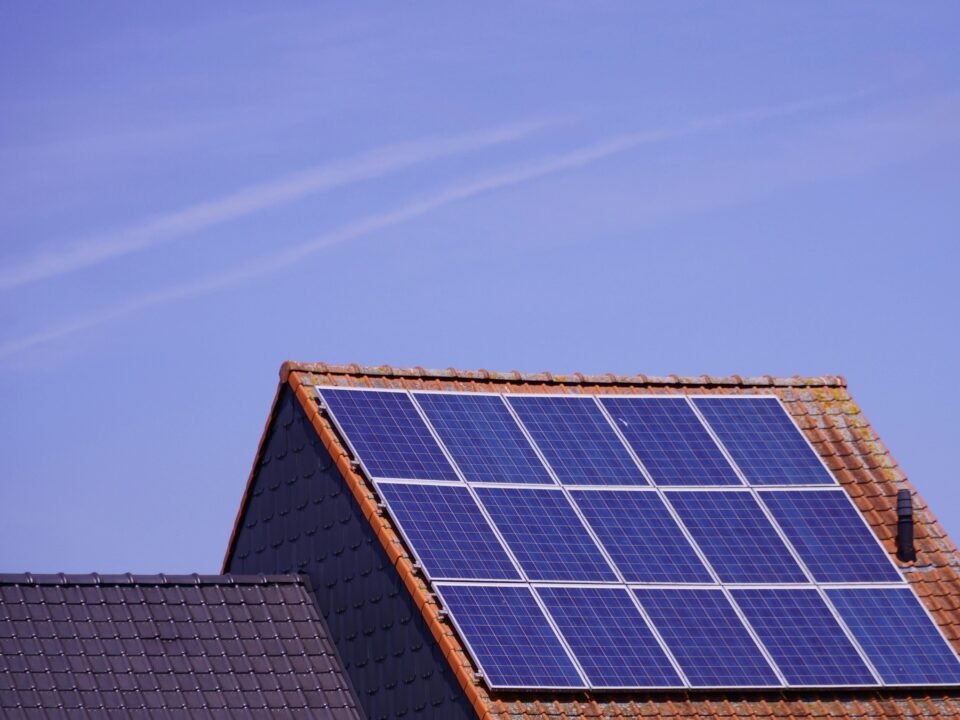As the world shifts towards sustainable energy, windmill power is becoming a popular choice for both homeowners and businesses. Harnessing the power of the wind to generate electricity is not just environmentally friendly—it’s also cost-effective in the long run. Whether you’re new to the concept or considering installing a windmill on your property, this ultimate guide breaks down the benefits, costs, and installation process of windmill power.
What Is Windmill Power?
Windmill power, more accurately referred to as wind energy or wind turbine power, is the process of converting wind’s kinetic energy into electricity using a windmill or wind turbine. Traditional windmills were used to grind grain or pump water, but modern versions are designed to generate clean, renewable electricity.
A windmill consists of large blades connected to a rotor. As wind blows, it spins the blades, which then turn the rotor. This mechanical movement powers a generator, producing electricity.
The Benefits of Windmill Power
Switching to windmill power comes with a range of benefits for both individuals and the environment:
1. Clean and Renewable Energy Source
Windmill power is a completely clean energy source. It doesn’t produce greenhouse gases or other pollutants, making it a critical component in combating climate change. Unlike fossil fuels, wind is renewable and infinite, which means it won’t run out.
2. Reduces Electricity Bills
Once a windmill is installed, it can significantly reduce or even eliminate electricity bills, depending on the size of the system and the local wind conditions. Over time, the cost savings can be substantial.
3. Low Operating Costs
Windmills have relatively low maintenance and operating costs. After the initial installation, the upkeep is minimal compared to traditional energy sources.
4. Energy Independence
By generating your own power, you become less reliant on the grid or external electricity providers. This is especially beneficial in rural or remote areas where grid access is limited or unreliable.
5. Increases Property Value
Homes and properties equipped with renewable energy systems like windmills often see a boost in value. Buyers appreciate the long-term energy savings and sustainability aspects.
Understanding the Costs of Windmill Power
While windmill power offers long-term savings, there are upfront costs to consider. These vary depending on the size of the system, location, and whether it’s for residential or commercial use.
1. Initial Installation Costs
- Small wind turbines (residential scale): $3,000–$10,000 per kilowatt (kW)
- A typical home might need a 5–15 kW system, totaling $15,000–$75,000
- Larger systems for commercial use can run into the hundreds of thousands of dollars
2. Permitting and Zoning
Before installation, you may need local permits or zoning clearance, especially if you’re in a residential area. Fees vary, but can range from a few hundred to a few thousand dollars.
3. Maintenance Costs
While minimal, maintenance is still necessary. Expect to spend about $100–$300 per year for inspection and repairs.
4. Batteries and Storage (Optional)
To store excess power, especially off-grid, you’ll need a battery system. This can add another $5,000–$10,000 to your setup, depending on capacity.
Are There Financial Incentives?
Yes! Many governments offer tax credits, rebates, and incentives for renewable energy installations. In the U.S., for example, the federal Investment Tax Credit (ITC) covers a percentage of your installation costs. Some states and utility companies offer additional programs that can further offset costs.
Installing a Windmill: Step-by-Step Guide
Installing a windmill is a big project, but with proper planning, it can be done efficiently. Here’s a simplified step-by-step breakdown:
1. Evaluate Your Wind Resource
First, assess whether your location gets enough wind to make a system worthwhile. The ideal average wind speed is at least 9 mph (4 m/s). You can use wind maps, consult local data, or hire a professional site assessor.
2. Choose the Right System Size
Your energy needs will determine the turbine size. Most residential homes require a 5–15 kW wind turbine. Consider your average monthly energy consumption and future needs.
3. Check Local Regulations
Investigate local zoning laws, building codes, and homeowner association (HOA) rules. You may need to apply for permits or get approval for height restrictions and noise levels.
4. Select the Right Location on Your Property
Windmills need to be placed in open, unobstructed areas, ideally on elevated ground. Make sure the wind path isn’t blocked by trees, buildings, or hills.
5. Hire a Certified Installer
Installing a windmill is not a DIY job. Choose a certified and experienced wind energy contractor. They’ll handle the installation, wiring, safety checks, and integration with the grid or battery system.
6. Grid Connection (Optional)
If you’re connecting your windmill to the grid, your utility company will inspect the setup and install a net meter, which tracks how much electricity you send and receive. You can even earn credits for surplus energy!
Is Windmill Power Right for You?
While windmill power offers numerous benefits, it’s not suitable for every situation. Here’s when it makes the most sense:
- You live in a rural or open area with consistent wind
- You have enough land for proper turbine placement
- Your property isn’t heavily shaded or obstructed
- You want to reduce your carbon footprint and energy bills
Urban homes with limited yard space or low wind speeds might benefit more from solar panels. However, in the right conditions, windmill power is an efficient and sustainable energy source.
Final Thoughts
Windmill power is a clean, renewable, and increasingly affordable energy solution. With long-term savings, low maintenance, and significant environmental benefits, it’s a smart choice for homeowners and businesses looking to go green. While the initial investment can be high, incentives and long-term reductions in utility bills make it worth considering.
If you’ve got the wind, why not let it work for you?



